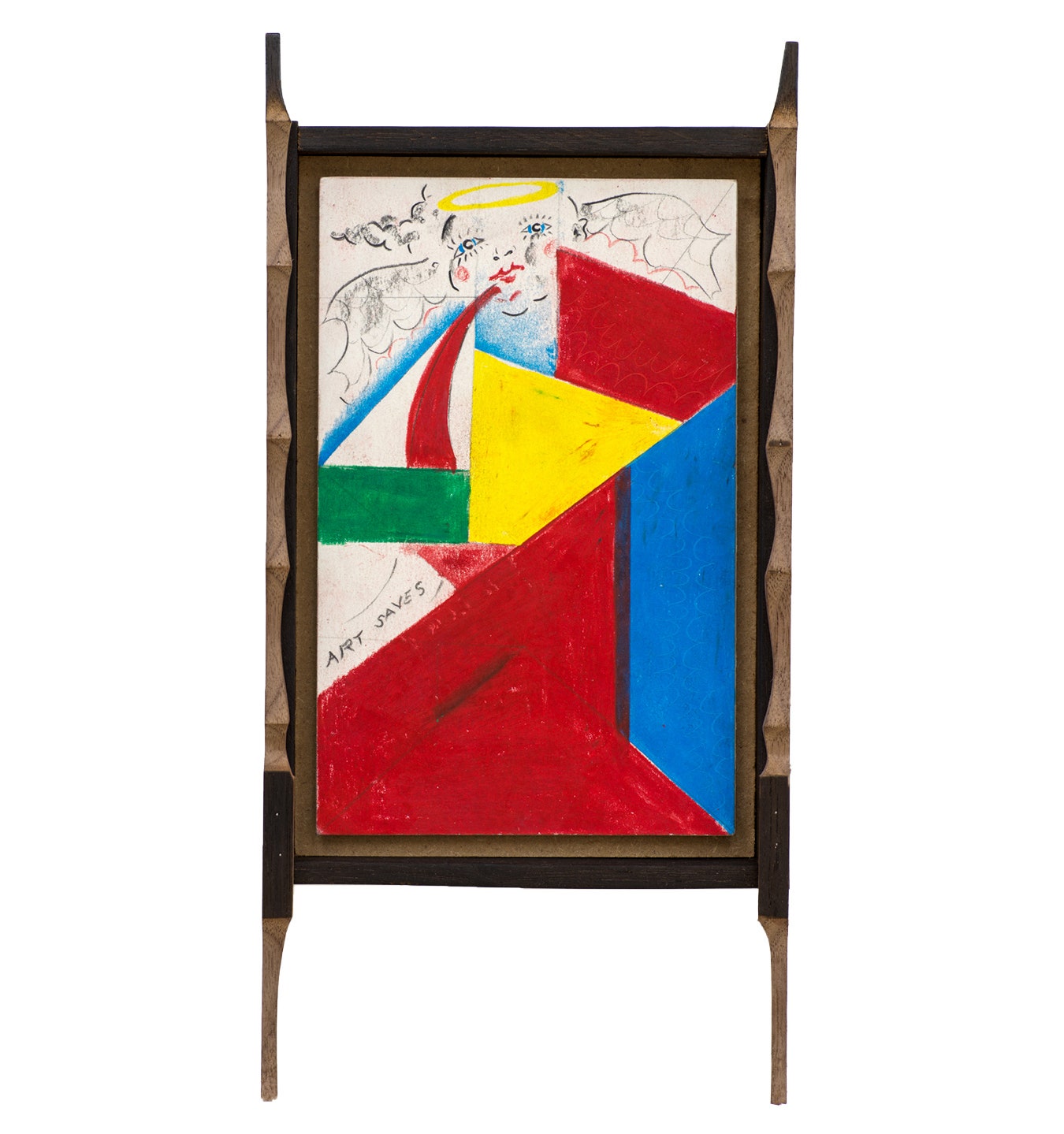Harry Gould Harvey IV
Fall River, MA
B. 1991
During the pandemic, many drifted inward. Instead, multidisciplinary artist Harry Gould Harvey IV and his wife, artist Brittni Ann Harvey, founded the
Fall River Museum of Contemporary Art on the ground floor of an active textile manufacturer in Fall River, Massachusetts. A talented photographer who found his first success making photos as a teenager, Harvey managed to capture the art world's attention when he began creating his arresting, occasionally gothic and hexed-seeming objects. He's landed a spot in this fall's New Museum Triennial, as well as in an upcoming two-person exhibition at Brown University's David Winton Bell Gallery with the eco-feminist artist Faith Wilding, and he doesn't half-ass anything: Harvey IV's respect for Wilding is so acute, he has her name tattooed on his hand.
ARTSAVES<3I,2021
Courtesy of the artistGQ STYLE: How did you make the transition from commercial photography to the art you're making now?
HARRY GOULD HARVEY IV: I started out as a bit of a troubled youth in the greater South Coast, Massachusetts, region. I was a high school dropout—I got expelled from nearly every school I went to. Ultimately I realized that educational institutions didn't really work well with whatever neurodivergent soup I was in, or even just my colorful lived experience. So I went touring in punk bands around the U.S., and that experience in documenting that kind of lifestyle became something I learned how to commodify at a young age. By the time I was 18 or 19, I was working for Time magazine and The Fader and all these different magazines. Those initial trips to New York City, where I would start to acquire contacts or figure out how to navigate the spectacle of media, were incredibly formative to my art practice as a whole.
Is that why wood and fabrication play into your work? Is it a reaction to the digital ether?
Initially I had to pare down my art practice out of economic struggle. I couldn't produce photographs anymore, I couldn't make larger sculptures. Back in 2015, I had a pretty severe mental episode where I lost language, and through drawing I rediscovered ways to communicate more effectively. Once I had the drawings, I realized it was important to protect and guard and revere these drawings with some type of object. I realized that traditional frames are kind of afterthoughts, or something that is meant to be quiet in relation to the objects that they're framing. I saw it as an opportunity to protect these spiritual ruminations with a crown of thorns.

